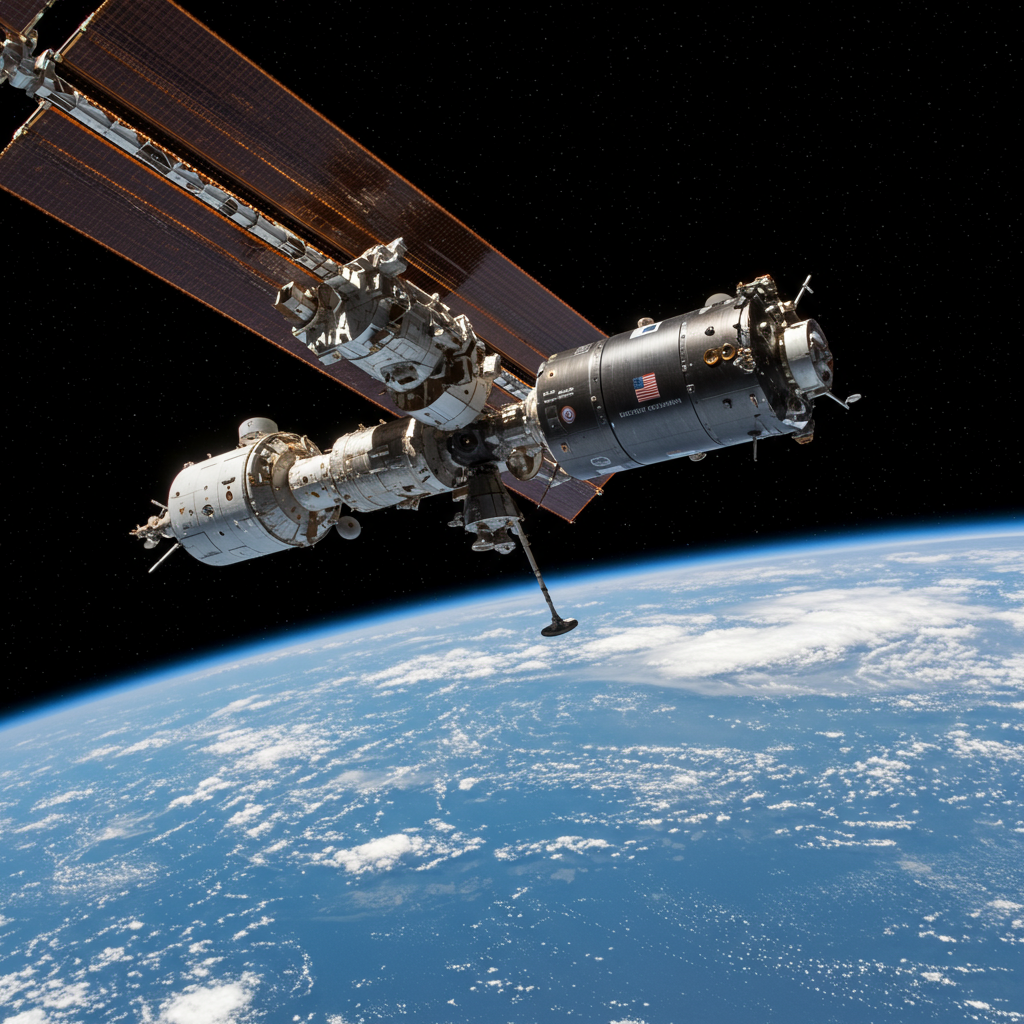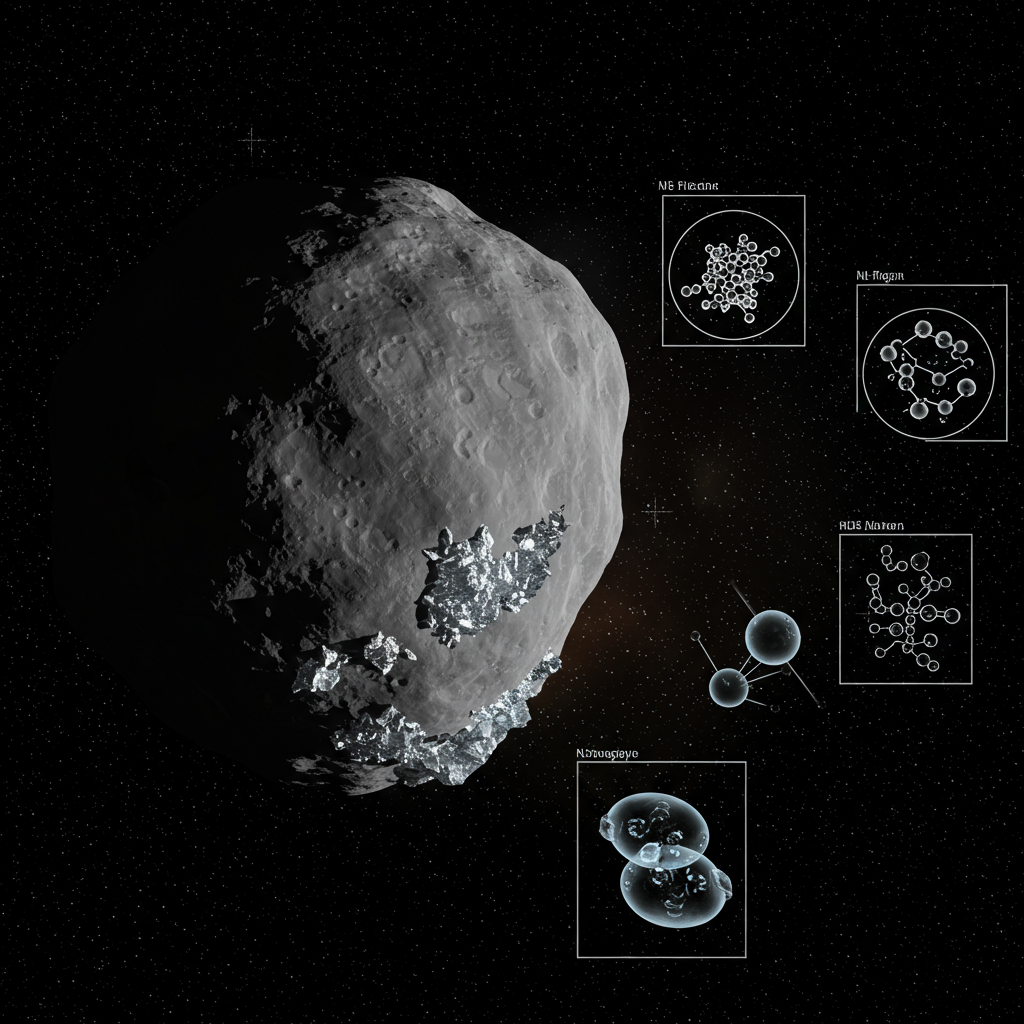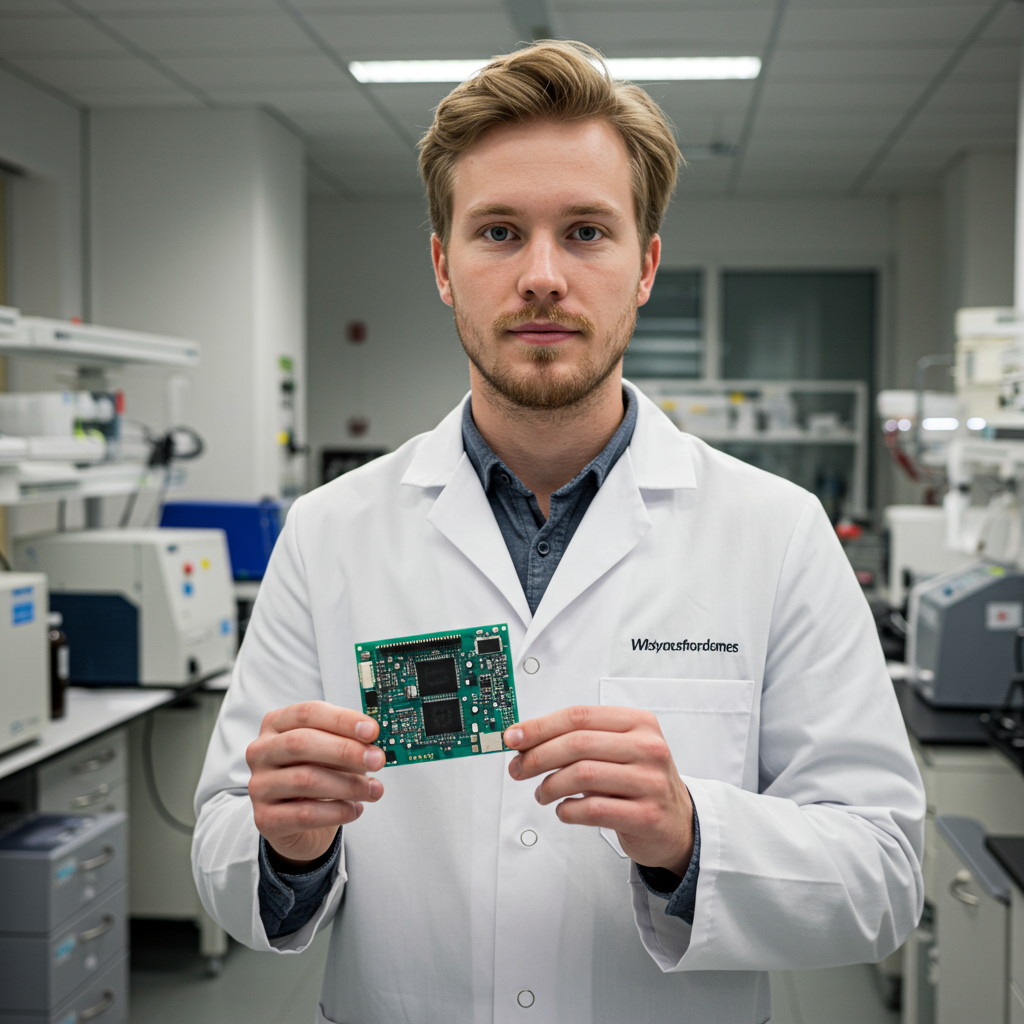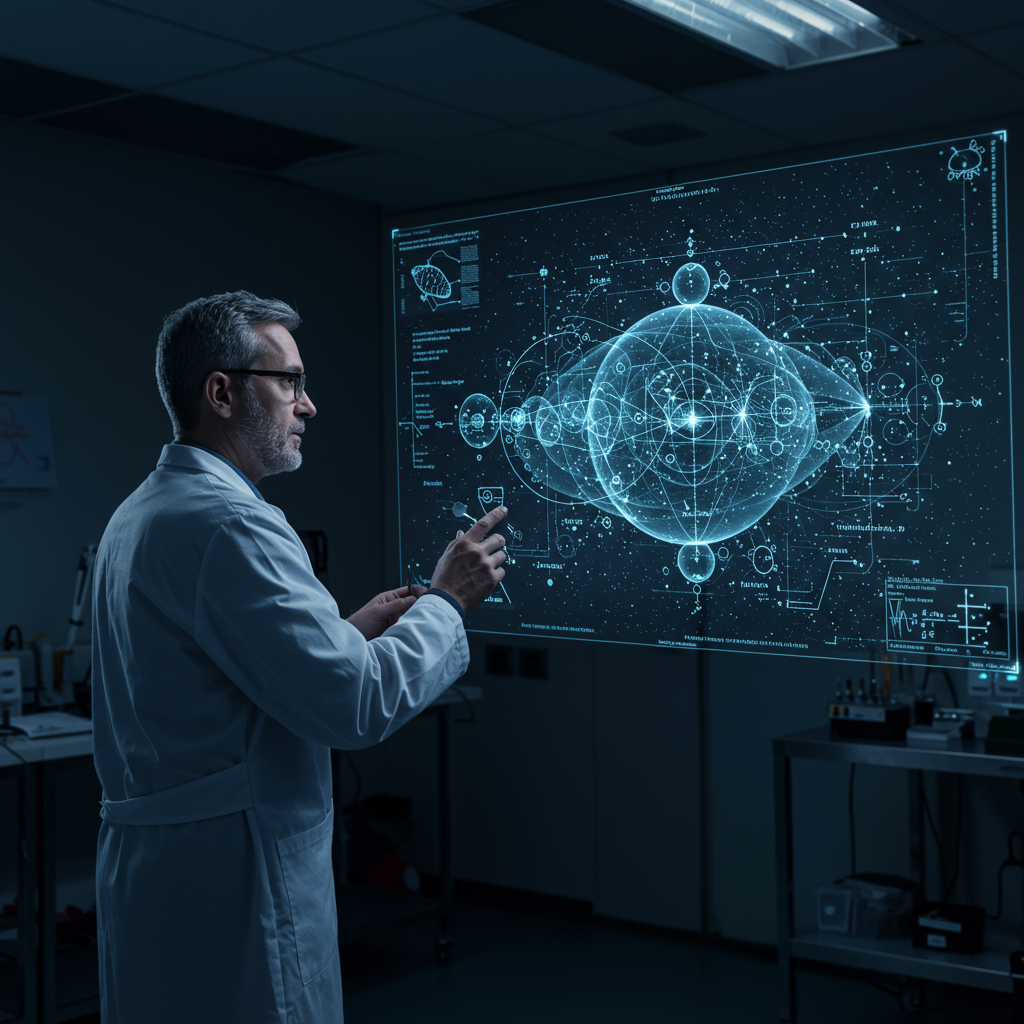The vacuum of space often presents unforeseen challenges, and a recent mission to the International Space Station (ISS) was no exception. Northrop Grumman’s latest Cygnus cargo ship, the enhanced Cygnus XL, successfully docked with the orbital outpost, overcoming a critical software issue that had delayed its arrival. This momentous event, a testament to rapid engineering problem-solving and the resilience of space operations, saw the crucial delivery of over five tons of vital supplies, science experiments, and crew provisions to the astronauts aboard the ISS.
Initially running a day behind schedule, the S.S. Willie McCool — named in honor of fallen Columbia shuttle pilot William “Willie” McCool — demonstrated the intricate dance of orbital mechanics and human ingenuity required for modern spaceflight. This mission underscores the essential role of commercial partners like Northrop Grumman in sustaining humanity’s permanent presence in low-Earth orbit.
Navigating the Orbital Delay: A Software Glitch Explained
The delay for the Northrop Grumman Cygnus XL cargo ship stemmed from an unexpected software hiccup. During two critical thruster firings on Tuesday, designed to boost the spacecraft into a higher orbit for its rendezvous with the ISS, the main engine prematurely shut down. This caused a temporary pause in its journey, raising concerns among mission controllers.
Engineers at Northrop Grumman swiftly identified the root cause: an overly sensitive setting in the spacecraft’s main engine fault detection software. This “conservative safeguard,” as NASA described it, was designed to protect the engine but was triggering shutdowns despite the engine itself being perfectly healthy. Data analysis confirmed that the Cygnus XL’s hardware was functioning as intended, pinpointing the issue solely to the software’s parameters.
Rapid Resolution and Resumption of Rendezvous
With impressive efficiency, Northrop Grumman engineers adjusted the software’s sensitivity. This crucial fix allowed the Cygnus cargo ship to resume its approach maneuvers without further interruption. The ability to diagnose and rectify such a complex issue remotely, while a spacecraft is hurtling through orbit, highlights the sophisticated capabilities and quick thinking of the teams involved.
Once the software was recalibrated, the Cygnus XL was able to precisely maneuver into position below the International Space Station. This delicate ballet of orbital mechanics culminated in the ship holding station, awaiting capture by the ISS’s robotic arm, marking a significant recovery from the initial setback.
Robotic Embrace: Capturing the Cygnus XL
The final phase of the Cygnus XL’s journey involved a precise capture operation performed by astronauts aboard the ISS. Unlike SpaceX’s Dragon and Russia’s Progress freighters, which are designed for autonomous docking, the Northrop Grumman Cygnus cargo ship is built to be grappled by the station’s robot arm and then pulled into a berthing port.
At 7:24 a.m. EDT, astronaut Jonny Kim, with assistance from fellow astronaut Zena Cardman, skillfully operated the station’s Canadarm2 robotic arm. Kim commanded the arm to extend and latch onto a grapple fixture on the Cygnus XL, securing the cargo ship to the orbital laboratory. This critical maneuver, performed as the ISS orbited over Africa, marked the successful conclusion of the extended rendezvous.
A Team Effort in Orbit and on Earth
Following the capture, astronaut Jonny Kim radioed mission control, expressing pride in the accomplishment. “A big congratulations to the NASA and Cygnus teams for a successful Cygnus launch, rendezvous and capture,” Kim stated. He emphasized that “adapting and overcoming unforeseen challenges is something we do at NASA, and I’m very proud to be a part of this team.”
After the initial capture, Kim handed off arm operations to flight controllers at the Johnson Space Center in Houston. These ground teams then meticulously guided the Cygnus XL to its berthing location at the Earth-facing port of the central Unity module. This seamless coordination between crew in orbit and experts on the ground exemplifies the collaborative nature of space exploration and the importance of robust orbital logistics.
A Tribute in the Stars: S.S. Willie McCool
Northrop Grumman has a tradition of naming its Cygnus cargo ships after notable figures who have made significant contributions to space exploration. This particular vessel, the Cygnus XL, was christened the S.S. Willie McCool in a poignant tribute to William “Willie” McCool. McCool was the pilot of the Space Shuttle Columbia and tragically lost his life in the 2003 disaster.
Astronaut Mike Fincke, a classmate of McCool’s from the 1996 astronaut class, shared heartfelt words about his late colleague. Fincke described McCool as “a gifted pilot, a devoted crewmate and a man of deep humility.” He added that McCool’s life continues to inspire, and seeing a ship bearing his name safely arrive at the station serves as a powerful reminder “that his courage and kindness are still circling our beautiful planet Earth.” This naming tradition imbues each resupply mission with a deeper sense of history and purpose, connecting past sacrifices with ongoing advancements.
A Treasure Trove of Supplies: What the Cygnus XL Carried
The Northrop Grumman Cygnus XL cargo ship delivered an impressive payload of more than five tons (over 11,000 pounds or 5,000 kilograms) of essential provisions to the International Space Station. This extensive shipment is absolutely critical for sustaining life and research aboard the orbital outpost.
The manifest for the Cygnus XL was diverse and crucial, including:
Life Support Consumables: Nitrogen and oxygen, vital for the station’s atmosphere.
Food and Drink: A wide array of fresh food, holiday treats, and even a unique “shakshuka scramble” from a high school competition. These specialty items contribute significantly to crew morale.
Critical Spare Parts: Components for the space station’s toilet and the sophisticated urine processor, which recycles water for the crew.
Research Material: Equipment and samples to facilitate ongoing scientific experiments.
- General Crew Supplies: Personal items and maintenance tools.
- www.cbsnews.com
- abcnews.go.com
- www.cbsnews.com
- www.cbsnews.com
- www.newsday.com
Dina Contella, deputy manager of the space station program at the Johnson Space Center, highlighted the importance of this delivery. She explained that the station had experienced a shortfall of these items over the past year, in part due to a previous Cygnus vehicle being damaged during transit from Europe to Cape Canaveral and subsequently grounded. This mission aimed to “stock up on these items” and establish a robust reserve for future operations, underscoring the delicate balance of space station resupply.
The Evolution of Commercial Spaceflight: Cygnus XL’s Maiden Voyage
This mission marked a significant milestone for Northrop Grumman: the maiden flight of an upgraded version of its Cygnus cargo ship, aptly named the Cygnus XL. This enhanced variant is approximately 1.6 meters (5 feet) longer than its predecessor. This increased length translates directly into a substantial boost in carrying capacity, allowing the Cygnus XL to transport an additional 2,600 pounds of cargo per flight.
The introduction of the Cygnus XL represents a continuous evolution in commercial cargo capabilities, driven by NASA’s strategy to partner with private companies for space station logistics. NASA relies on both Northrop Grumman’s Cygnus and SpaceX’s Dragon spacecraft for these vital resupply missions. To date, SpaceX has successfully completed 32 Dragon missions, while Northrop Grumman has now executed 21 successful Cygnus flights, including this latest mission.
Notably, while Northrop Grumman is developing its own new booster, this Cygnus XL launch was carried out by a SpaceX Falcon 9 rocket from Cape Canaveral, showcasing an interesting aspect of inter-commercial collaboration. The Falcon 9’s first stage executed a successful autonomous return and landing, marking its 505th overall booster recovery for SpaceX. This collaborative model ensures redundancy and resilience in maintaining the continuous flow of supplies to the ISS.
Bill Spetch, operations integration manager for the space station, powerfully articulated the importance of these resupply flights. He stated that “this great capability that Cygnus brings and the amount of cargo that it brings to us, is critical for us to keep us running smooth and doing the things that we need … to do the research.”
Frequently Asked Questions
What caused the delay for the Cygnus XL cargo ship’s arrival at the ISS?
The Cygnus XL cargo ship’s arrival at the International Space Station was delayed by one day due to an “overly conservative software setting” in its main engine fault detection system. This software prematurely triggered shutdowns during two planned thruster firings, even though the main engine itself was healthy. Northrop Grumman engineers quickly diagnosed and resolved the issue by adjusting the software’s sensitivity, allowing the spacecraft to proceed with its rendezvous and capture by the ISS robotic arm. This incident highlighted the critical role of software in complex spacecraft software systems.
How does the Cygnus cargo ship dock with the International Space Station, and who performs the operation?
Unlike other commercial and international cargo ships that perform autonomous dockings, the Northrop Grumman Cygnus is designed for capture by the International Space Station’s robotic arm, known as Canadarm2. For this mission, NASA astronaut Jonny Kim, assisted by Zena Cardman, skillfully operated the arm to grapple the Cygnus XL at 7:24 a.m. EDT. Following the capture, flight controllers at the Johnson Space Center in Houston took over operations to berth the Cygnus to the Unity module’s Earth-facing port, demonstrating a precise blend of human and robotic astronaut operations.
Why are commercial resupply missions like the Cygnus XL vital for the International Space Station’s operations?
Commercial resupply missions, such as those conducted by the Cygnus XL, are absolutely vital for sustaining the International Space Station. They deliver critical supplies like oxygen, food, spare parts (e.g., for the toilet and urine processor), and essential research materials that keep the station operational and its crew healthy and productive. This particular mission also addressed a past shortfall in supplies, reinforcing the need for continuous, robust space station resupply efforts. Without these regular deliveries from partners like Northrop Grumman and SpaceX, the ISS would be unable to maintain its long-duration human presence and continue its groundbreaking scientific research.
The Future of Orbital Logistics and Exploration
The successful rendezvous and berthing of the Northrop Grumman Cygnus XL cargo ship, despite an initial software glitch, stands as a testament to the sophistication and adaptability of modern spaceflight. From the intricate spacecraft software controlling thruster firings to the skilled hands of astronauts operating robotic arms, every element plays a crucial role in maintaining our presence in low-Earth orbit. This mission not only delivered vital provisions but also showcased the resilience of the teams and technology supporting the International Space Station. As commercial partners continue to evolve their capabilities, ensuring the steady flow of supplies to the ISS remains a cornerstone of humanity’s ongoing journey of exploration and discovery.




